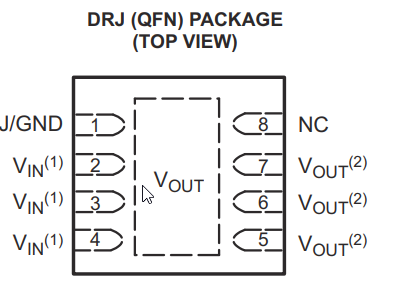Tool/software:
Hi
I would like to know if you think if this is part is suitable for what I tray to do. Below is spec
PCB dimension: 28mm x 30mm
PCB is a 4-layer board
Part: TLV117-50CDRJR (QDFN)
Vin = 15
Vout = 5V
Output Current = 150mA (Max)
Thermal junction air = 38.2
T = (15-5)*0.15 * 38.2 = 82.45C
82.45 is lower than max temp wich is 125C.
Do you suggest using this part, or do you have alternative part with lower junction temp, or you suggest going with switching regulator.
Thanks



